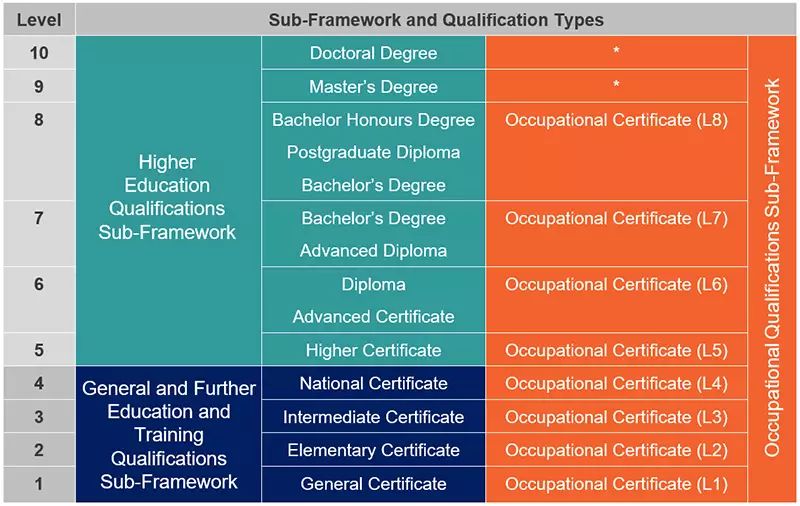The South African ISO delegation has just returned from the recent ISO55000 workshops in Prague, Czech Republic. The delegation consisted of 6 people, 3 of which are represented on the SAAMA Council. The workshops ran from 11 to 15 June, 70 people attended from 18 different countries and we managed to achieve some important milestones.
First of all I would like to discuss the timing and logistics of the project. Working back from final delivery date, as many of you will remember from previous communique, the ISO55000 standard is due for release early 2014. Prior to this a final face to face ISO workshop will be held in April 2013 in Canada, at which the final approval will be given before ISO applies the final touches. In order for this to happen, we have to reach what ISO calls a Draft International Standard (DIS) stage, which we have managed to reach on time in Prague. So far we are on track!
Secondly I would like to discuss some of the technicalities of the standards. As a recap, the 55000 document is the overview document, introducing the Principles, Definitions and Concepts of Asset Management. The 55001 document is the Requirements document, essentially what you shall have in place to be compliant. The 55002 document is the Guidelines document, containing examples and guidelines on how to comply. Probably the most important distinction that has come out of the Prague workshops is that finally everyone is in agreement as to what an asset, asset management and asset management system is. The definitions as they are to be found in the current documents are:
- Asset = something that has potential or actual value to an organization
- Asset management = coordinated activities of an organization to realize value from assets
- Management system = set of interrelated or interacting elements of an organization to establish policies and objectives and processes to achieve those objectives
- Asset management management system = the management system for asset management
Now the above might seem very trivial and easy to work out, but keeping in mind that not all English language translates the intent easily into other languages, it was important to break these elements down properly.
The other important note on the standard is that it is a standard for the asset management management system, so for compliance, your management system for asset management will be evaluated. Another note is that the management system is NOT the CMMS, but includes all process/tools/systems, etc.
Finally I need to re-stress the importance of this standard and SAAMA’s position on it. I firmly believe there are 2 kinds of people in this world, i.e. those who do things for ego (getting the certificate on the wall) and those who do things to make a difference in their organisations. SAAMA’s position on the standard is thus that we will support the ISO55000 standard as the best internationally available standard once it is released. We will also support organisations who wish to make a difference through the implementation of the necessary management system for asset management and not just use this for window dressing.
In closing, where does this leave PAS55? Well my advice is to continue with any PAS55 implementations or training you might have embarked on as this will already put you in the right direction.
Should you require any further advice or have any questions, then please feel free to contact Shana.
Regards and keep on track!
Alan Tait
